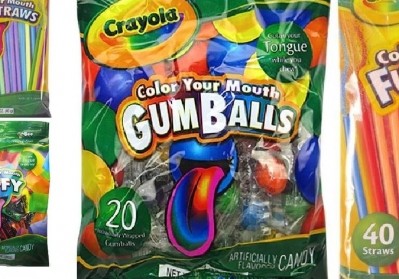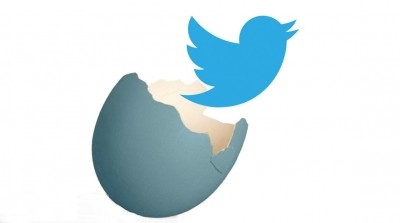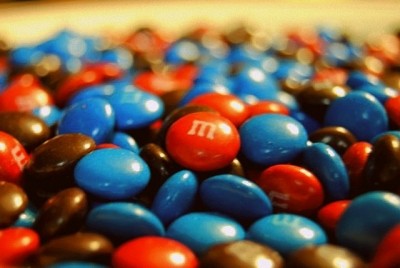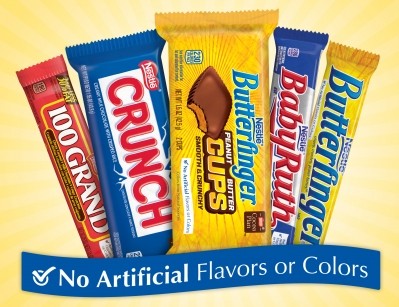Nestlé to dump artificial flavors in Europe, but tightlipped on price hikes
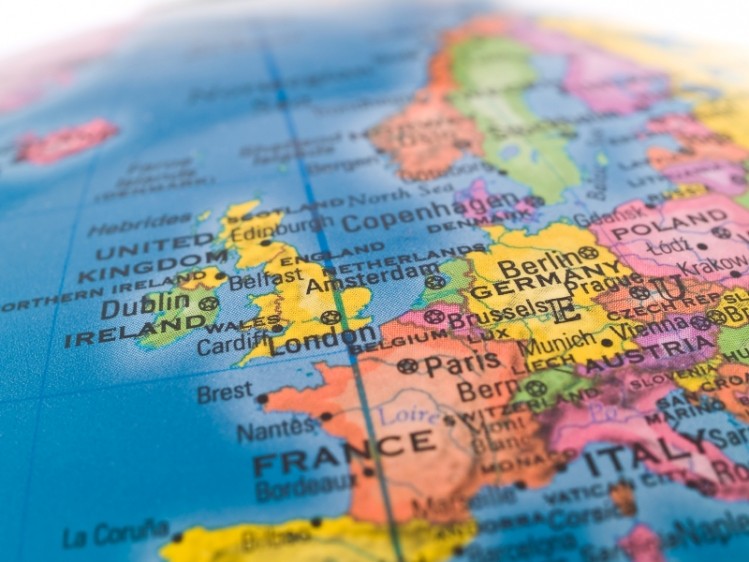
The company last week said it would replace artificial colors and flavors in US confectionery with naturally-derived versions following a similar move in the UK in 2012.
“And that's a move that is in Europe, too,” said Nestlé CEO Paul Bulcke during the company’s full year results.
A Nestlé spokesperson told ConfectioneryNews: “We have already removed artificial colors from all confectionery products in Europe and have committed to remove artificial flavors from all confectionery products in Europe as well.”
The company has, however, not set a public deadline to reach its aims.
Will Nestlé alter pricing in Europe?
In 2014, Nestlé upped wholesale confectionery prices in some markets, but not Europe. Mondelēz International CEO Irene Rosenfeld said she expected her firm’s competitors to eventually raise European prices like they had, given they face the same pressures from commodity prices.
Nestlé’s Bulcke said in response to an analyst question last week: “Pricing is, and maintaining the systems of our business, is one of the highest elements on our agenda, and we're going to go for that.”
We asked Nestlé if that meant it would raise wholesale confectionery prices in Europe in light of profit margin declines.
A spokesperson said pricing decisions would be made on an individual basis by each market rather than at headquarter level. They said the markets would take account of the competitive situation, raw material purchasing and the product mix.
Nestlé confectionery sales fall 5%
Nestlé’s full-year confectionery sales dropped 5% to CHF 9.8bn ($10.3bn) but the company said the division grew organic sales – excluding mergers and acquisitions– by 4.2%.
Confectionery is Nestlé’s sixth largest segment of seven divisions by sales. Powdered & liquid beverages is the company’s largest division and water its smallest.
Nestlé’s confectionery operating profit margins fell 210 basis points (-2.1%) to 13.8%. Bulcke said the cocoa price had had a big impact on profitability.
Butterfinger Cups and Chinese wafers
Nestlé CFO Wan Ling Martello said North American confectionery sales had a slow start due to tough comparison and trading conditions.
“The ongoing successful rollout of Butterfinger Peanut Butter Cups continued to be one of the key drivers of growth,” she added.
Nestlé recently said it would add capacity for Butterfinger Cups at its Halifax factory in the UK to meet rising US demand.
Martello also noted a decline in the Chinese wafer category due to Nestlé’s price changes.
“As we have mentioned before, the reduction in gifting in China had an impact on Hsu Fu Chi. We are continuing to move our portfolio in line with the changing preferences of the Chinese consumers and driving more of the non-seasonal business.”
In 2011, Nestlé acquired a 60% stake in Chinese confectioner Hsu Fu Chi.
